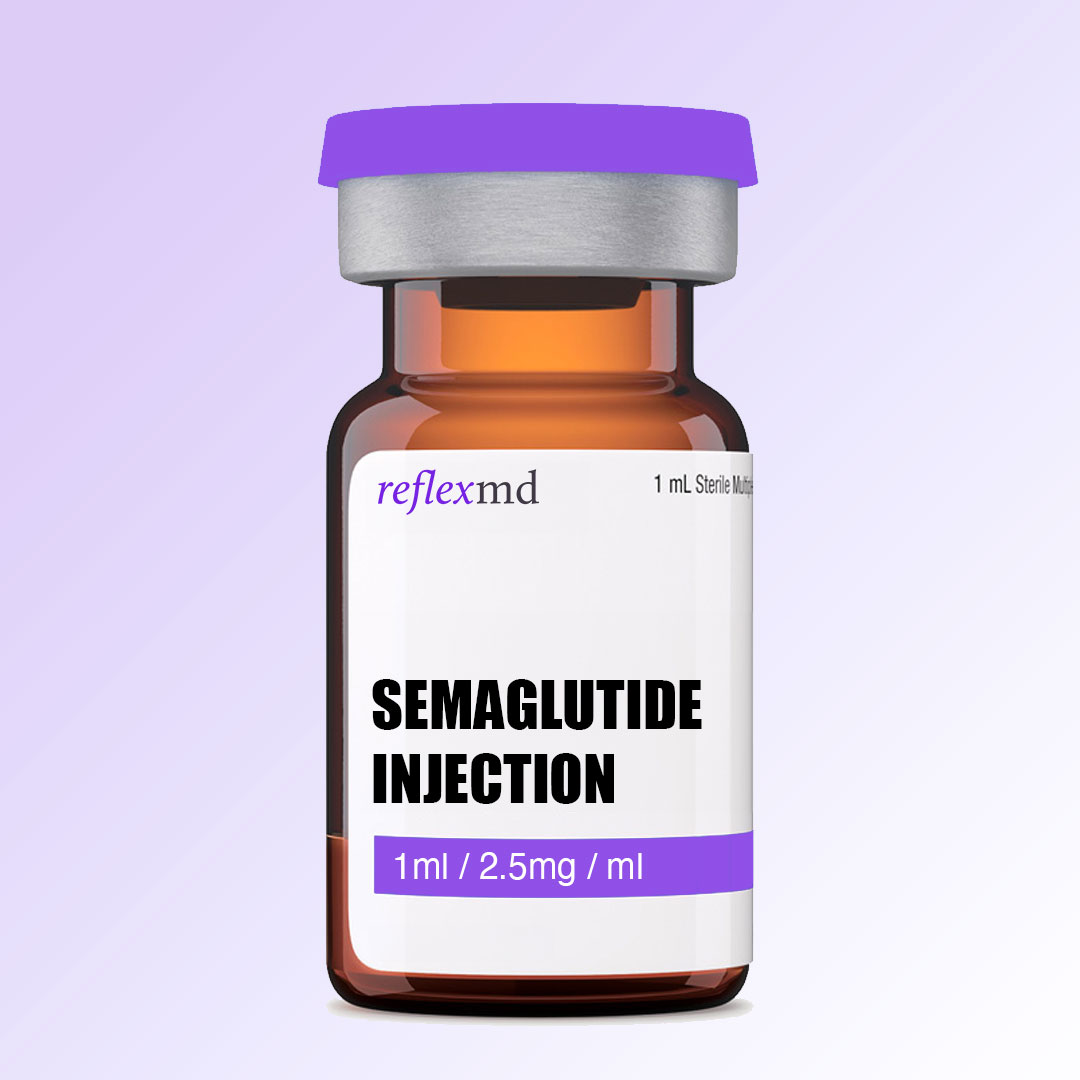
- +86-13363869198
- weimiaohb@126.com

Nov . 12, 2024 22:40 Back to list
best price dermaseptin cas 136212-91-4
The Significance of Dermaseptin A Comprehensive Overview
Dermaseptin, identified by its CAS number 136212-91-4, is a remarkable peptide that has garnered significant attention in the fields of pharmacology and dermatology. Its unique properties make it a candidate for various applications, ranging from antimicrobial treatments to potential therapeutic solutions for skin disorders. This article explores the characteristics, benefits, and potential applications of dermaseptin, highlighting why it stands out in the realm of biomedical research.
What is Dermaseptin?
Dermaseptin is a naturally occurring peptide derived from the skin secretions of certain amphibians, particularly the Phyllomedusa species. It belongs to a broader family of peptides known as antimicrobial peptides (AMPs), which are crucial components of the innate immune system. These peptides are known for their ability to combat a wide array of pathogens, including bacteria, viruses, and fungi.
The structure of dermaseptin consists of a series of amino acids arranged in a specific sequence that imparts its biological activity. Research has shown that dermaseptin can effectively disrupt the membranes of microbial cells, leading to their destruction and thereby acting as a potent antimicrobial agent.
Antimicrobial Properties
One of the most compelling attributes of dermaseptin is its antimicrobial efficacy. Studies have demonstrated that dermaseptin exhibits significant activity against a range of microorganisms, including both Gram-positive and Gram-negative bacteria. This broad-spectrum activity is particularly valuable in an era where antibiotic resistance is a growing concern.
The mechanism of action of dermaseptin involves the disruption of microbial cell membranes. The peptide interacts with lipid bilayers, leading to pore formation that ultimately compromises the integrity of the microbial cells. As a result, dermaseptin has become a focal point for the development of new antimicrobial therapies.
Applications in Dermatology
Due to its antimicrobial properties, dermaseptin has potential applications in dermatology. Its ability to fight infections can be particularly beneficial in treating common skin conditions, such as acne and eczema, which are often exacerbated by bacterial growth. Moreover, dermaseptin could be formulated into topical creams and ointments to provide a dual action—healing wounds while simultaneously preventing infections.
best price dermaseptin cas 136212-91-4

Other promising applications of dermaseptin in dermatology include the treatment of pressure ulcers and diabetic foot infections. These conditions can lead to severe complications if left untreated, making the incorporation of effective antimicrobial treatments crucial in managing these patient populations.
Safety and Efficacy
As with any therapeutic agent, understanding the safety and efficacy of dermaseptin is vital. Preliminary studies indicate that dermaseptin is generally well-tolerated with minimal cytotoxicity towards human cells. However, ongoing research is necessary to assess its long-term effects and potential side effects when used in clinical settings.
The development of dermaseptin-based therapies must also take into account the appropriate dosing regimens, delivery methods, and formulations to maximize therapeutic outcomes while minimizing adverse reactions.
Future Directions
The research surrounding dermaseptin is still in its nascent stages, and there is a significant opportunity for further exploration. Future studies may focus on optimizing the peptide's structure to enhance its stability and potency, as well as assessing its efficacy in various formulations and delivery systems.
Additionally, as scientists continue to investigate the potential of antimicrobial peptides, collaborative efforts may yield innovative solutions for combatting resistant pathogens and developing new treatments for persistent skin conditions.
Conclusion
In summary, dermaseptin (CAS 136212-91-4) represents a promising candidate in the search for effective antimicrobial agents and therapeutic solutions for dermatological conditions. Its natural origins, combined with its potent antimicrobial properties, make it an intriguing subject for further research and development. As the medical community continues to confront challenges related to infectious diseases and skin ailments, dermaseptin could play a pivotal role in shaping the future of treatment strategies, effectively bridging the gap between nature and modern medicine.
-
GS-441524 for White Liquid & Pill Factories - Trusted Source
NewsAug.11,2025
-
Premium Peptides for Weight Loss & Muscle Gain | 158861 67 7
NewsAug.11,2025
-
158861 67 7: Advanced Peptides for Fat Loss & Muscle Growth
NewsAug.10,2025
-
High-Quality Pharmaceutical Intermediates for API Synthesis
NewsAug.09,2025
-
158861 67 7: Premium Peptides for Weight & Fat Loss
NewsAug.08,2025
-
Quality Pharma Intermediates & API | Leading Manufacturer
NewsAug.07,2025